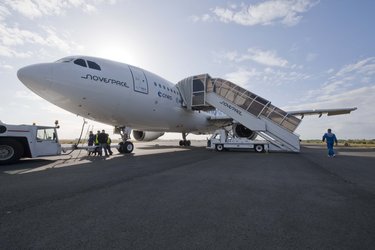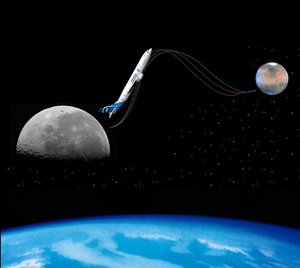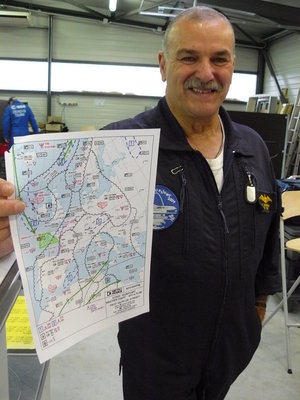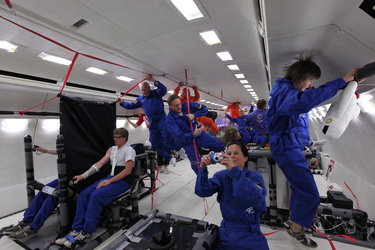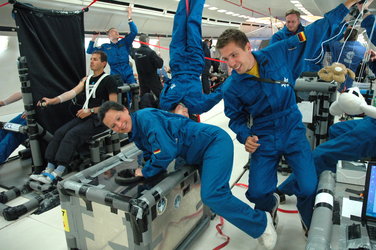Monday 6 June
Day 1 of the Partial gravity parabolic flight campaign.
The atmosphere is friendly and bubbly at the most famous weightlessness port in Europe. Here at the Mérignac-Bordeaux airport, France, over one hundred people are rushing to get everything ready for the big day.
Tool boxes widely open, cables on the floor, electrode patches, camping chairs… The backstage of this unprecedented parabolic flight campaign can look like a messy garage, but the scientific experiments are in perfect order.
Mechanical and electrical experts reviewed the thirteen experiments inside the aircraft. One by one, all of them received the green light to fly.

There are quite a few frequent flyers among the scientists, and some of them are proud to say that they have logged more that six hundred parabolas. However, the challenge is new for everybody – for the first time, the plane will create reduced gravity conditions like those on the Moon and Mars.

Even for the pilots this is a new experience. During today’s compulsory briefing, they gave information about the flight maneuvers for each gravity level and the safety procedures.
A key concern for the experimenters is motion sickness and ways to avoid it. This awkward side effect is not yet fully understood, so the same advice was repeated all over the talks: do not move your head. And remember, if the dizziness comes, there are no toilets on board.
Europe’s ‘Zero-G’ Airbus will take 40 passengers and thirteen experiments on board each day of the campaign.

“This campaign gives us a new dimension for research,” says the DLR project manager Ulrike Friedrich, who started to work on parabolic flights back to 1999.
The three agencies – ESA, DLR and CNES – are working together for the first time with a truly cooperative approach.
“We are here to support the new generation of scientists, to help them to carry out hands on science and exchange knowledge,” explains Ulrike.
Scientists look busy rather than nervous. Young, yet confident partial gravity passengers can hardly wait to experience the moment.
Tomorrow, on Tuesday, everything will be different. They will go to the Moon and Mars on a parabolic voyage.



